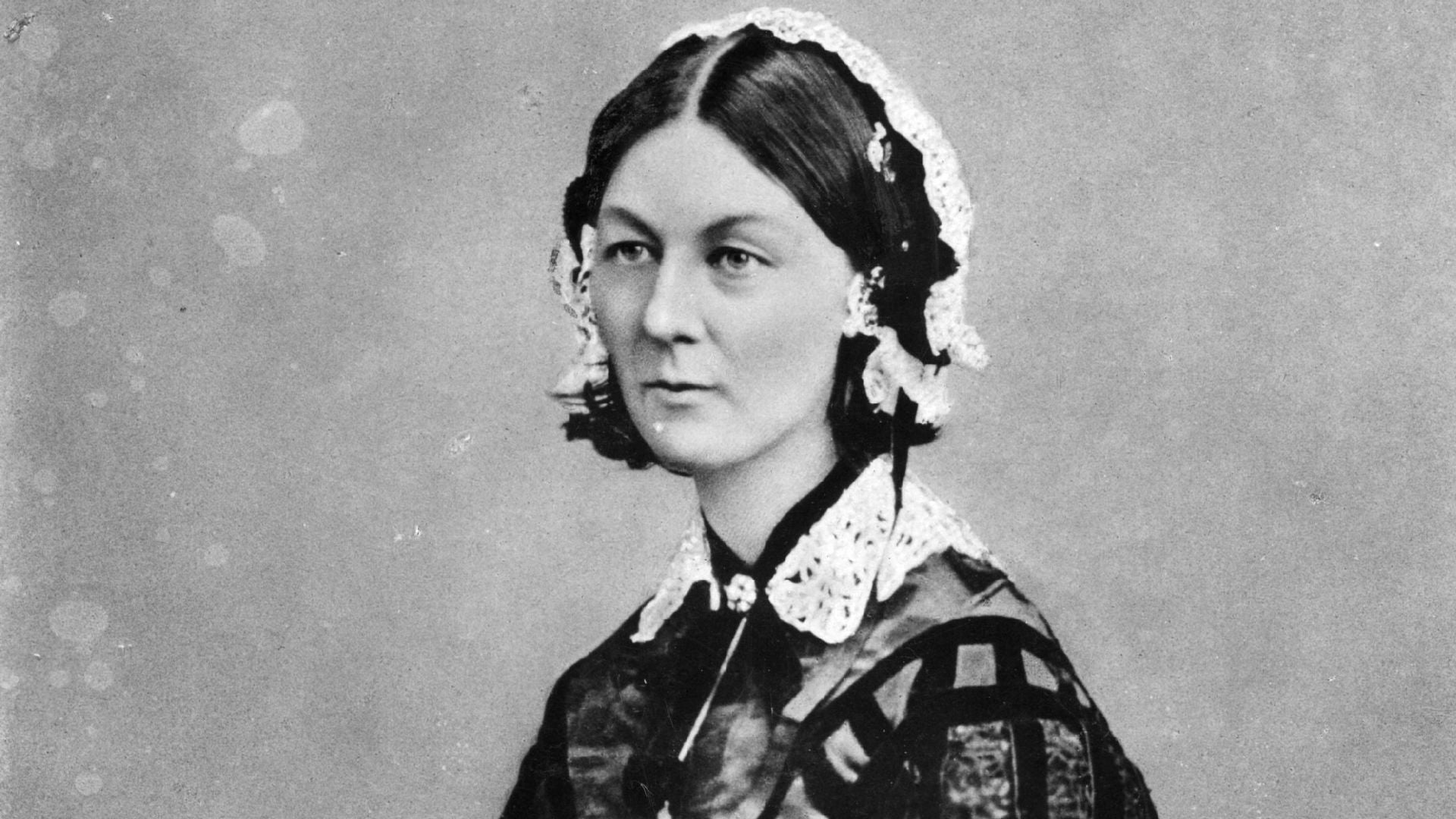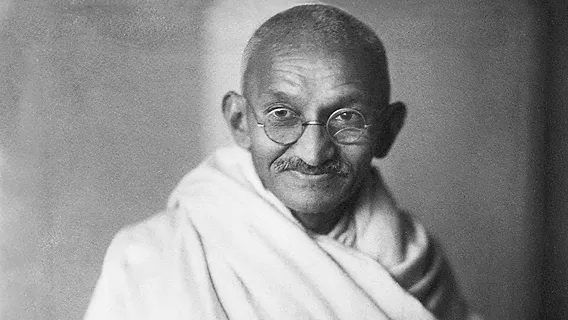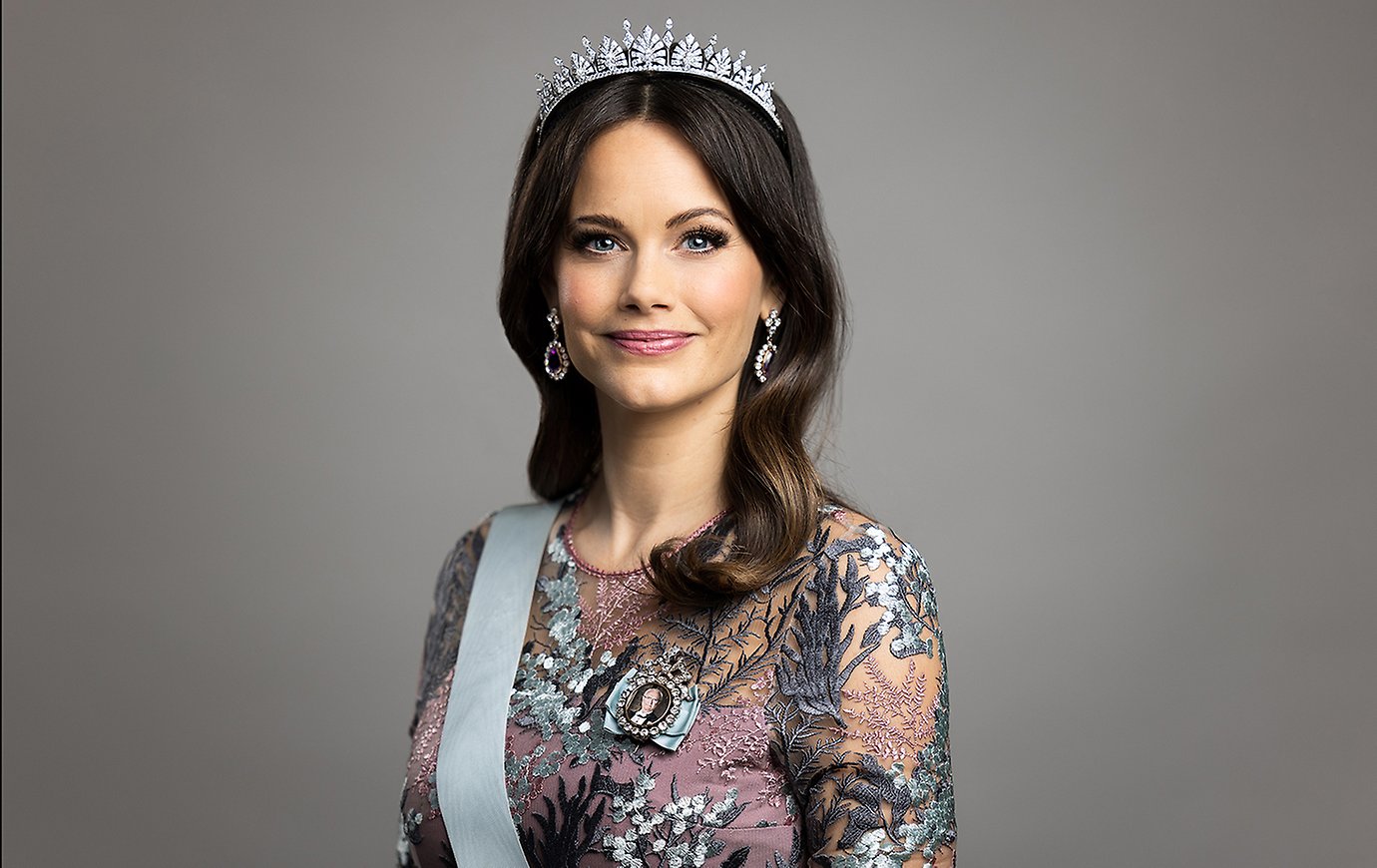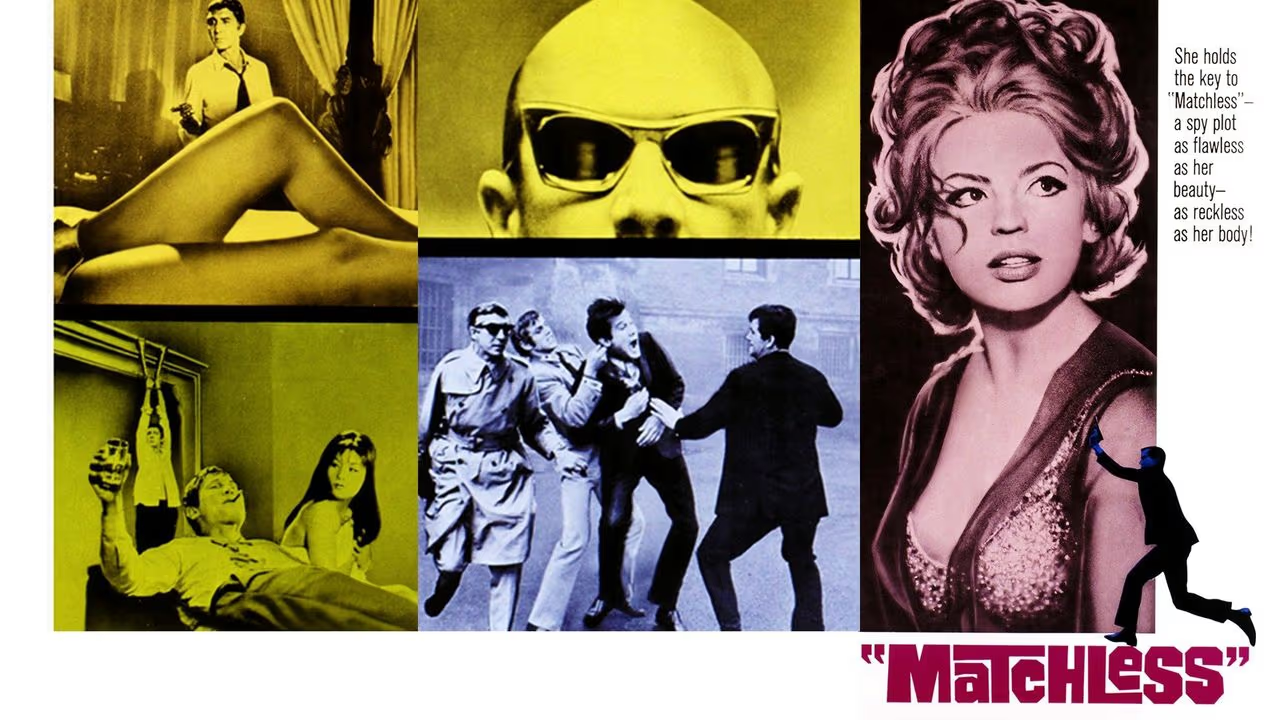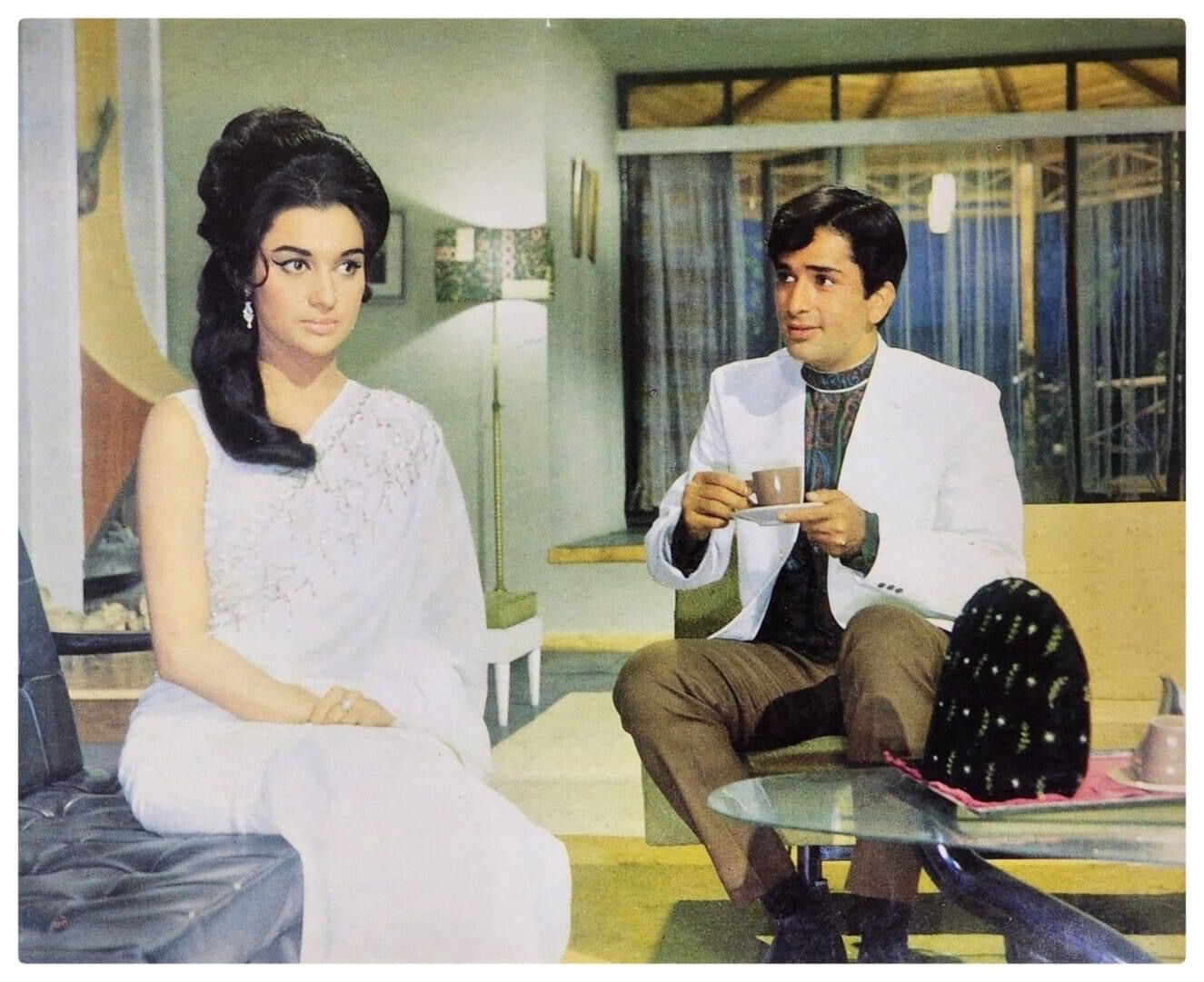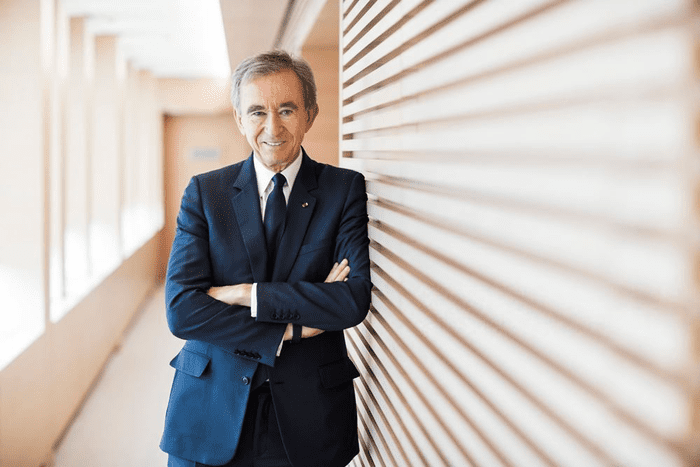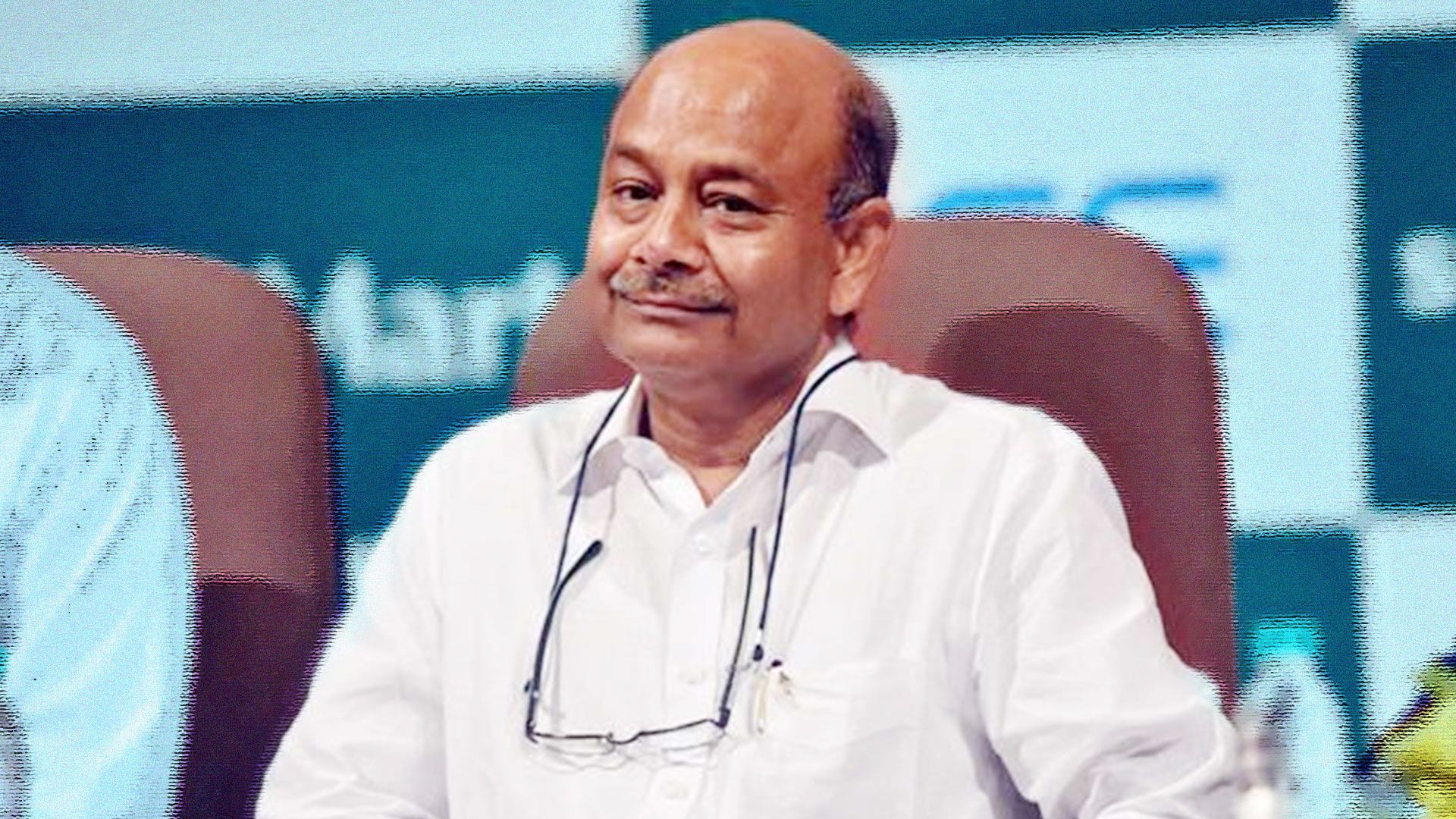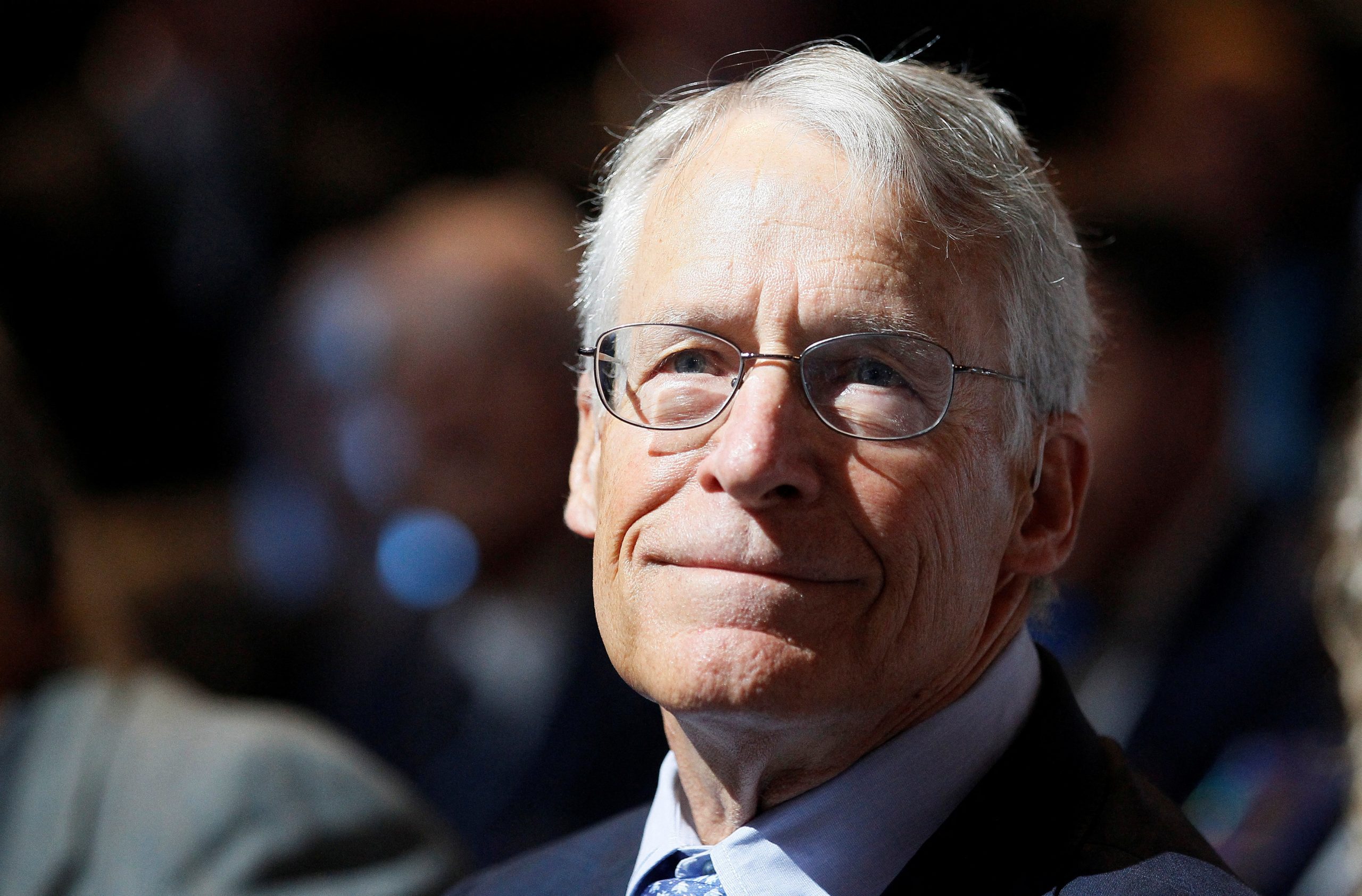iqsafe.info – Donald Trump is widely known as a businessman, television personality, and political figure, but one of the lesser-known aspects of his career is his work as an author. His most famous book, The Art of the Deal, not only became a bestseller but also played a critical role in shaping the public’s perception of Trump as a successful entrepreneur and mogul. In addition to The Art of the Deal, Trump has written several other books on business, leadership, and personal success, further solidifying his image as a self-made billionaire.
The Art of the Deal: The Book That Defined a Brand
Published in 1987, The Art of the Deal is Donald Trump’s first and most famous book. Co-authored by Trump and author and journalist Tony Schwartz, the book provides an insight into Trump’s life, his business strategies, and his worldview. At the time of its release, Trump was already a prominent figure in New York real estate and had built an image as a brash, confident, and sometimes controversial businessman. The Art of the Deal helped to solidify that image and introduce it to a much broader audience.
A Glimpse into Trump’s Business Philosophy
At its core, The Art of the Deal is both a memoir and a business guide. The book is divided into two main parts: the first half focuses on Trump’s personal history and the story of how he rose to success in real estate, while the second half delves into his strategies for negotiating, managing people, and making profitable business decisions.
Trump’s business philosophy, as outlined in The Art of the Deal, is built around several key principles. Among them are the importance of focusing on high-profile projects, making bold moves, and maintaining confidence in the face of challenges. Throughout the book, Trump emphasizes his belief in the power of leveraging debt and using it as a tool for business expansion. He also stresses the importance of marketing and branding, areas in which Trump excelled throughout his career.
One of the major themes of The Art of the Deal is Trump’s unwavering self-belief. He paints a picture of himself as someone who has an innate sense of how to recognize opportunity, take calculated risks, and succeed in business. He also speaks candidly about his competition, his ability to negotiate deals, and his approach to overcoming obstacles. Trump’s tone throughout the book is that of a winner—someone who believes that success is the result of vision, hard work, and determination.
The Structure of the Book
The Art of the Deal is written in a conversational style that makes it accessible to a broad audience. The first chapter of the book is dedicated to a typical day in Trump’s life, offering readers a personal glimpse into his routine. From there, the book moves into the specifics of Trump’s business ventures, including his early projects like the renovation of the Commodore Hotel (which became the Grand Hyatt New York) and his ambitious plans for properties like Trump Tower. The book gives an insider’s view of how Trump thinks about deals, how he approaches negotiations, and how he navigates the ups and downs of the business world.
The book also features anecdotes from people who have worked with Trump, including employees, business partners, and colleagues. These stories serve to underscore Trump’s reputation as a tough, decisive leader who demands excellence from those around him. While some critics would later accuse Trump of exaggerating or overstating his accomplishments in the book, The Art of the Deal nonetheless provided readers with a comprehensive look into the mindset of one of America’s most famous entrepreneurs.
The Role of Tony Schwartz
Although Donald Trump is credited as the author of The Art of the Deal, Tony Schwartz, a journalist and author, was heavily involved in the writing process. Schwartz spent extensive time with Trump, following him around to observe his daily life and interviewing him about his business practices. Schwartz has said in interviews that he was initially fascinated by Trump’s personality and the intensity with which he pursued his goals. However, he later expressed regret about how the book portrayed Trump and has publicly distanced himself from it in later years, especially as Trump’s political career gained prominence.
In fact, Schwartz has made it clear that much of the book’s content was edited or influenced by Trump himself, and the final product should be understood as a carefully crafted representation of Trump’s brand rather than a purely objective account of his life and career. Schwartz has since said that he feels The Art of the Deal helped create an exaggerated public image of Trump that was not entirely accurate.
Reception and Impact of The Art of the Deal
When The Art of the Deal was published, it became an instant success. It spent several months on the New York Times bestseller list and sold millions of copies worldwide. The book’s success helped solidify Trump’s status as a celebrity businessman and a household name. His persona, as depicted in the book, resonated with many readers who admired his boldness, ambition, and drive.
For Trump, The Art of the Deal was not just a personal story but a marketing tool. The book helped cement his image as a self-made billionaire and a master of business strategy. It became part of the Trump brand, playing a crucial role in his rise to even greater prominence in the 1990s and early 2000s. Many people who would later vote for him in his presidential campaigns would come to know him through the pages of The Art of the Deal, which painted a picture of a man who was unapologetically focused on success.
For some, the book provided valuable insights into Trump’s approach to business, leadership, and decision-making. Others, however, criticized it for being overly self-congratulatory, with some questioning the accuracy of some of the claims made within it. Despite these criticisms, The Art of the Deal became a touchstone for Trump’s public image, and its impact on his career cannot be overstated.
Other Books by Donald Trump
In the years following the success of The Art of the Deal, Donald Trump went on to write several more books, many of which focused on business, success, and leadership. While none reached the same level of fame as The Art of the Deal, they nonetheless played a key role in maintaining his public persona as an expert in business and personal success.
- Surviving at the Top (1990): In this book, Trump discusses the challenges he faced during the early 1990s, particularly the financial struggles he encountered after over-leveraging his businesses in real estate. The book offers a candid look at how Trump navigated these challenges and came out on top, emphasizing resilience and the power of persistence.
- The Way to the Top: The Best Business Advice I Ever Received (2004): This book compiles advice from a variety of successful businesspeople, along with Trump’s own perspectives on leadership and success. It includes stories from people like Warren Buffett, Bill Gates, and Richard Branson, all of whom share their business wisdom and life lessons.
- Think Like a Billionaire: Everything You Need to Know About Success, Real Estate, and Life (2004): In this book, Trump shares his philosophy on business and life, offering practical advice on real estate, career-building, and personal development. It also includes insights into Trump’s own path to success.
- Time to Get Tough: Making America #1 Again (2011): Released just a few years before Trump’s political run, this book presents his views on how to fix the American economy and restore national greatness. It’s written in the same bold, unapologetic style that has become a hallmark of Trump’s public persona.
The Art of the Deal and Its Legacy
While some of Trump’s later books did not achieve the same level of success, The Art of the Deal remains his most iconic and influential work. It is more than just a business book—it is a window into the persona that helped launch Trump’s career in television, politics, and public life. The book’s success and its portrayal of Trump as a self-made billionaire were instrumental in shaping the public’s perception of him, both as a businessman and as a larger-than-life figure.
Despite controversies surrounding the book’s portrayal of Trump’s life and career, The Art of the Deal remains a key part of his brand and legacy. It helped solidify his identity as a businessman who thrives on big deals, tough negotiations, and an unyielding belief in himself. For many, it is the book that introduced them to the Trump persona that would come to dominate American politics and culture for decades to come.





